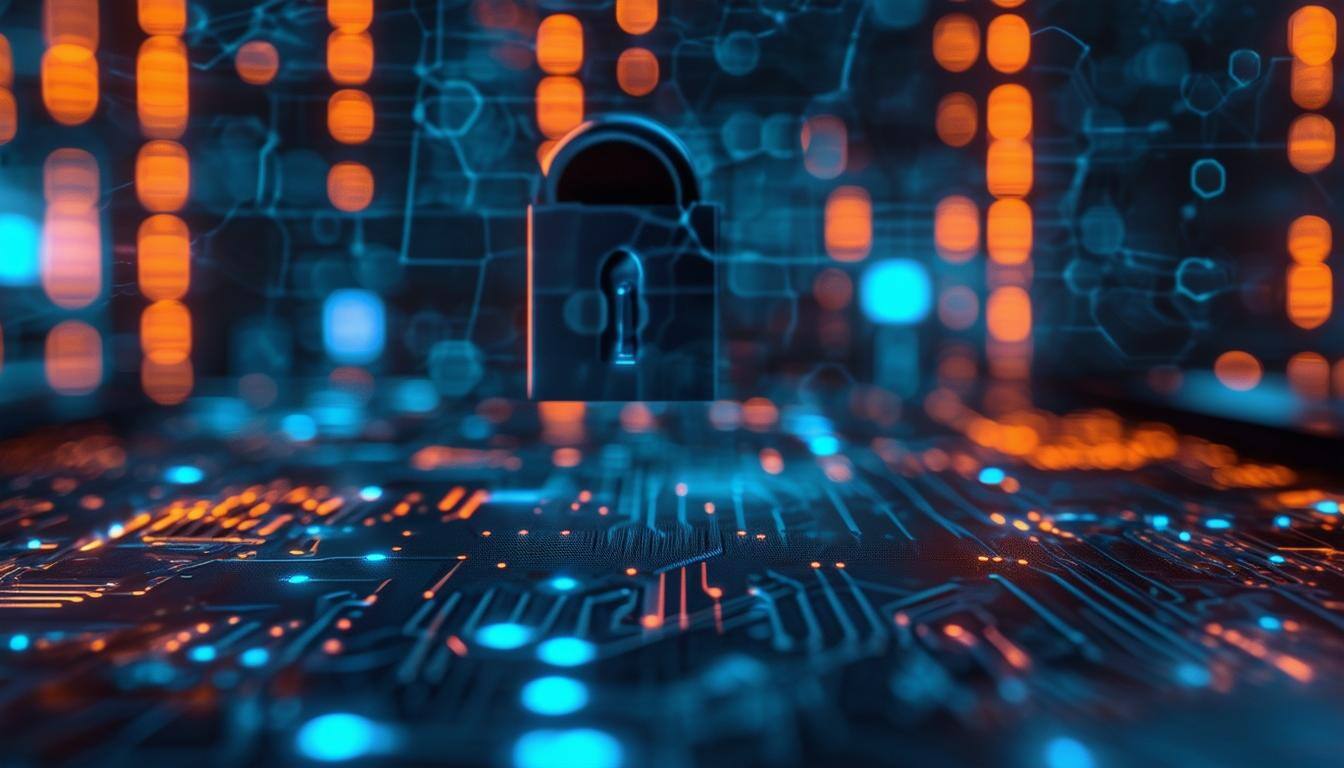Cybersecurity for Small Businesses: Why MSPs Are a Game-Changer
In today’s digital age, small businesses are just as vulnerable to cyberattacks as larger corporations. While you might assume that cybercriminals...
4 min read
 Ashley Wheeler
:
Jan 20, 2025 2:55:05 PM
Ashley Wheeler
:
Jan 20, 2025 2:55:05 PM
In today's digital age, maintaining good cyber hygiene is just as essential as maintaining personal hygiene. Just as you brush your teeth to keep germs at bay, practicing safe online habits helps prevent threats like hackers, viruses, and data breaches. Here’s a guide to help you stay secure and healthy in the digital world.
Cyber hygiene refers to the practices and habits that ensure your online presence, devices, and data remain secure. It involves actions such as regularly updating software, using strong passwords, and avoiding risky behaviors to keep your digital life clean and free from malicious threats. Think of it as the equivalent of washing your hands to stop the spread of germs—good cyber hygiene prevents digital infections like viruses and cyberattacks.
Cybercriminals are constantly finding new ways to steal personal information, access sensitive data, and disrupt devices. Without proper cyber hygiene, you’re more vulnerable to these attacks. By adopting good online habits, you can safeguard your privacy, ensure your devices continue to function smoothly, and reduce your risk of falling victim to cybercrimes.
Passwords are the keys to your online world, and it’s critical to make them as strong and secure as possible. Here's how to create and maintain robust passwords:
The longer and more complex your password, the harder it is to crack. Avoid short, easily guessable passwords, and instead, consider using a passphrase—a sentence or combination of words that are meaningful to you. For example, “I love eating pizza on Fridays!” is much stronger than “password123”.
A strong password includes a combination of uppercase and lowercase letters, numbers, and special characters. For instance, “I<3EatingPizza0nFridays!” is more secure than a simple word or phrase.
Using the same password across multiple accounts increases the risk of a widespread security breach. Make sure each account has a unique password. Consider using a password manager to keep track of them securely.
Regular software updates are crucial for keeping your devices secure. Here’s why:
Many software updates address vulnerabilities that hackers could exploit to gain unauthorized access to your devices. Installing updates regularly ensures these security gaps are closed, keeping you safe from digital threats.
Besides security patches, updates often bring new features and performance improvements. By keeping your software up to date, you can enjoy enhanced functionality and a smoother user experience.
Where possible, enable automatic updates to ensure your software remains current without requiring manual intervention. This reduces the likelihood of missing important patches.
Two-factor authentication (2FA) adds an extra layer of security to your online accounts by requiring two forms of identification before granting access. Here’s how it works:
Typically, 2FA combines something you know (like your password) with something you have (like a verification code sent to your phone) or something you are (like a fingerprint). This makes it significantly harder for hackers to access your accounts.
Even if someone manages to steal your password, they won’t be able to access your account without the second factor. This adds an important layer of protection, making it much more difficult for cybercriminals to succeed.
Enable 2FA on all your critical accounts, such as email, banking, and social media. This ensures that your most sensitive information is better protected.
While public Wi-Fi offers convenience, it can also expose you to security risks. Here’s how to stay safe when using public networks:
A Virtual Private Network (VPN) creates a secure, encrypted connection between your device and the internet, protecting your data from prying eyes. Using a VPN on public Wi-Fi ensures that your online activity remains private, even in crowded spaces.
Avoid performing tasks like online banking or shopping while connected to public Wi-Fi, as these activities can expose your personal data to hackers. Wait until you're on a secure, trusted network.
Disable the automatic connection feature on your device to prevent it from connecting to unsecured or potentially malicious networks without your knowledge.
Phishing is a method used by cybercriminals to trick you into providing personal information, such as passwords, credit card numbers, or social security numbers. Here’s how to recognize phishing attempts:
Be cautious of emails from unfamiliar senders or addresses that look suspicious. Scammers often use email addresses that resemble legitimate ones, but with slight variations or misspellings.
Avoid clicking on links from unknown sources. Hover over links to see where they lead before clicking. If the URL looks unfamiliar or misleading, don’t click it.
Phishing emails often create a sense of urgency, claiming that you need to act immediately. Legitimate organizations rarely request urgent actions like this, so take time to verify the message before responding.
Data backups are crucial for protecting against loss, whether due to cyberattacks or accidental deletion. Here’s why regular backups are essential:
Ransomware attacks can lock your files and demand payment for their release. With a backup, you can restore your data without paying the ransom.
Sometimes, files are accidentally deleted or corrupted. Having a backup ensures you can recover important documents without the hassle of trying to recover lost data.
The 3-2-1 backup rule suggests keeping three copies of your data: two on different types of media (such as an external hard drive and cloud storage) and one off-site (such as a cloud service). This ensures redundancy and security.
Privacy settings control what others can see about you online. Regularly reviewing and updating these settings helps maintain your privacy and security.
Make it a habit to review your privacy settings every few months. Set a reminder so you don’t forget to check them regularly.
Don’t forget about old accounts you may have forgotten about. If you no longer use an account, close it to avoid unnecessary exposure.
Be mindful of the personal information you share online, especially on social media. The less you share, the safer you will be.
Cyber safety isn’t just for individuals—it’s something the whole family needs to understand. Here’s how to ensure everyone in your household practices safe online habits:
Teach your family about cyber safety through interactive games or stories. This approach makes learning more engaging and memorable.
Show your family how to follow good cyber hygiene practices by doing it yourself. Lead by example, and they’ll be more likely to adopt these habits.
Open communication is key. Talk about any online threats or experiences, and encourage your family members to share their concerns or questions about the digital world.
Good cyber hygiene is crucial to staying safe online in 2025. By using strong passwords, updating your software, enabling two-factor authentication, and taking other preventive measures, you can protect yourself from cyber threats. Additionally, remember to educate your family and regularly review your privacy settings to ensure your online safety.
Want to learn more about how to protect your digital life? Contact us today for expert tips and guidance on enhancing your cyber hygiene and staying safe online.

In today’s digital age, small businesses are just as vulnerable to cyberattacks as larger corporations. While you might assume that cybercriminals...
Last year I wrote an article titled "How Much Does IT Support In Idaho Cost?" In the article, I explain how services are priced in the Managed...

October is here, and while most of us are gearing up for pumpkin spice lattes, haunted houses, and a month-long binge of horror movies, it’s also the...